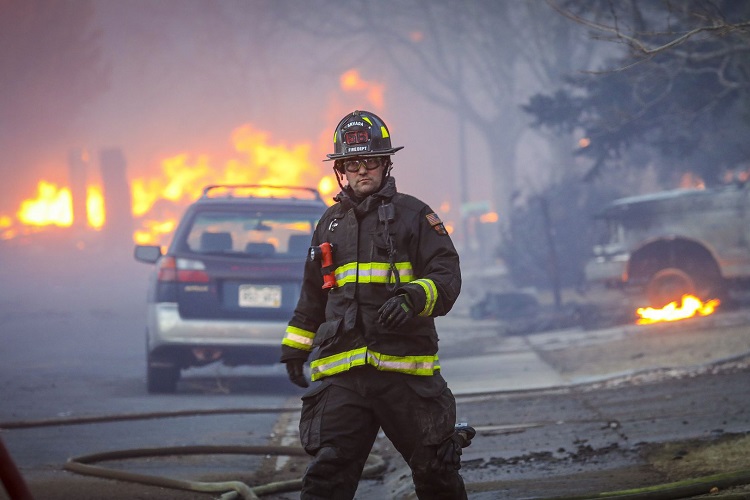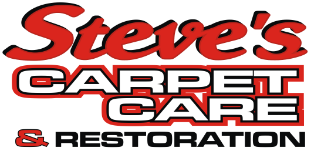
Soot is a by-product of combustion. It's an oily substance that is carried on the wind and stains almost everything it lands on. During a wildfire, soot can work its way into every part of a home even if the doors and windows are closed tight. It's important that you don't touch anything that is covered in soot as it will only work the soot particles further down into the affected surface and make it more difficult to clean. Professional cleaning and restoration companies will employ heavy-duty vacuums to remove soot before attempting to clean walls, furniture, or other affected surfaces.
Treating Odors: The Ozone Generator
When you employ a fire restoration service to help clear odors from your home they will bring with them an ozone generator (at least they should). Ozone is an allotrope of oxygen comprised of three oxygen molecules instead of the standard two. The extra molecule makes ozone unstable but that's a good thing because that third molecule is able to attach to other substances and alter their makeup.
The ozone generator disperses ozone into the air which then pairs with the VOCs we mentioned above, changing their makeup and eliminating their characteristic odor. You should not have carpets, upholstery, drapery, or other textiles cleaned until an ozone generator has been used to deodorize them.
Treating Odors: Thermal Fogging
Carpets, upholstery, and textiles are not the only materials in a home that will absorb smoke and emit odors. Wood, drywall, and other structural elements are also capable of absorbing smoke and the VOCs that come with it. These odor-causing compounds will remain long after the smoke has cleared unless you do something about it.
Thermal fogging is the process of heating a deodorizer to the point that it vaporizes and forms fog. This deodorant fog permeates the walls, floors and other structural elements, attaches to smoke particles and VOCs found there, and neutralizes them.
It should be noted that thermal fogging cannot deodorize fiberglass insulation. So if your insulation has a smokey air to it you will either have to wait quite a while for it to dissipate or replace the insulation. In addition, some fire restoration companies will be licensed to carry out various home improvements. If you need to have insulation or drywall replaced you should hire a restoration company that can do that work for you, while also addressing the odors.
After soot has been vacuumed up and the restoration services have deodorized the house and perhaps performed some minor repairs it's time to address the carpeting, upholstery, and drapery as well as the ductwork. That's where Steve's Carpet Care & Restoration comes in. While the thermal fogger and ozone generator have removed or neutralized most of the VOCs and other fire-related compounds from your home the carpeting will still need a thorough cleaning to remove the remaining soot, dirt, and other debris still trapped in the carpet.
Our low-moisture, truck-mounted steam cleaning system reaches down right into the base of the pile and removes every bit of dirt and debris, along with residual VOCs that may be hiding there. As long as the carpet was only exposed to smoke and not direct flames or firefighters/fire hoses we should be able to restore it to a clean, hygienic attractive state without much fuss.
Steve's Air Duct Cleaning
When smoke envelopes a home it will find its way into the ductwork. You can be certain of that. If the ducts have not been cleaned in some time you can also be sure that there is plenty of dust and debris inside of them that smoke particles and VOCs will attach to.
Keep in mind that if you do everything else listed above but don't have your ducts professionally cleaned that fire smell might linger in your home for a long time, being circulated by the HVAC system. You should also be sure to replace the filter on your furnace as it likely became permeated with smoke. Steve's Air Duct Cleaning team can do both for you.
Finally, you should consider purchasing portable air cleaners for your home. Air cleaners with both HEPA filters and activated charcoal filters will help remove the last vestiges of smoke-related odors and ensure that you are not breathing VOCs or other dangerous compounds.
Navigating Your Smoke Damaged Home
If your home has been exposed to significant amounts of smoke from a wildfire it is not wise to simply return home as if nothing happened. It is highly recommended that you enlist the help of a professional fire restoration company to deodorize the house and the team at Steve's Carpet Care & Restoration to clean carpets, upholstery, and drapery, but if you feel compelled to do some of the clean-up yourself:
- Make sure everyone who enters the home is wearing an N95 respirator.
- Keep young children, people with respiratory problems, seniors, and pregnant women away from the house until it has been cleaned from the ceilings to the carpet.
- Avoid the temptation to use a leaf blower to clear away ash and debris as this will only make potentially dangerous particles airborne once again.
- Keep your pets away from the house until it has been cleaned.
- Always use rubber gloves when clearing away ash and make sure to wash yourself and your clothes thoroughly once you are finished for the day.
The Bottom Line
Steve's Carpet Care & Restoration has been an integral part of the Colorado community for more than 40 years. We are deeply distressed that some of our valued customers were impacted by the Marshall fire. We stand ready to serve area homeowners with affordable carpet cleaning and upholstery cleaning services that will help them get back to normal as quickly as possible.
